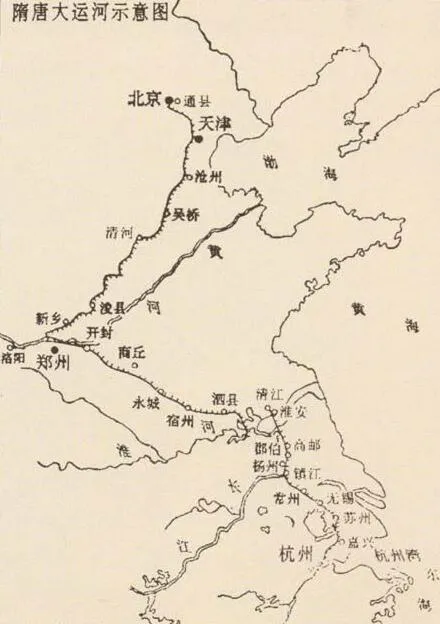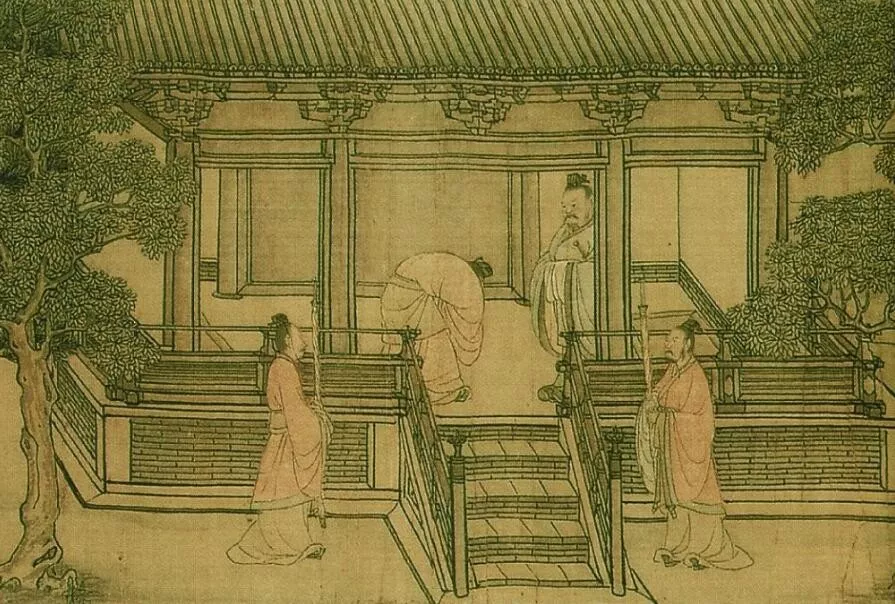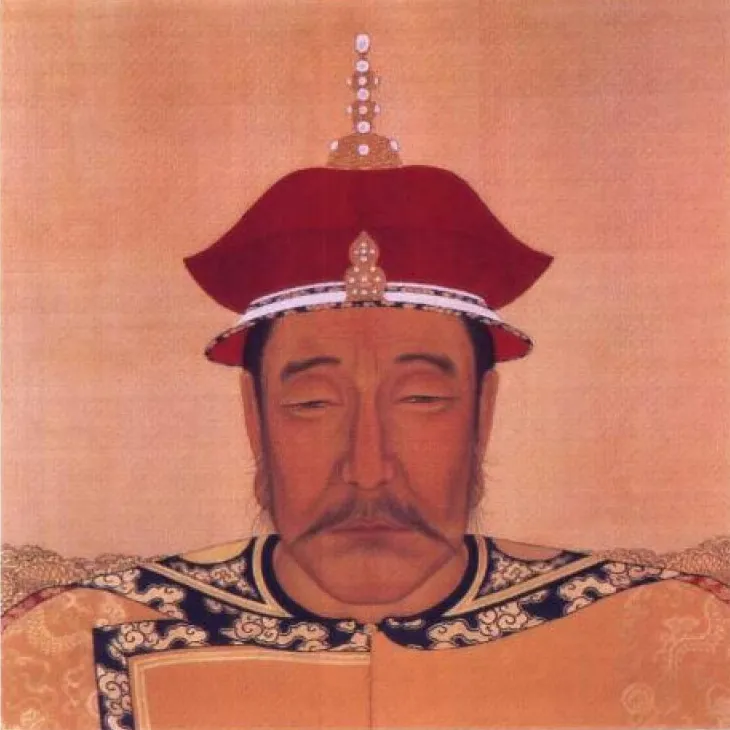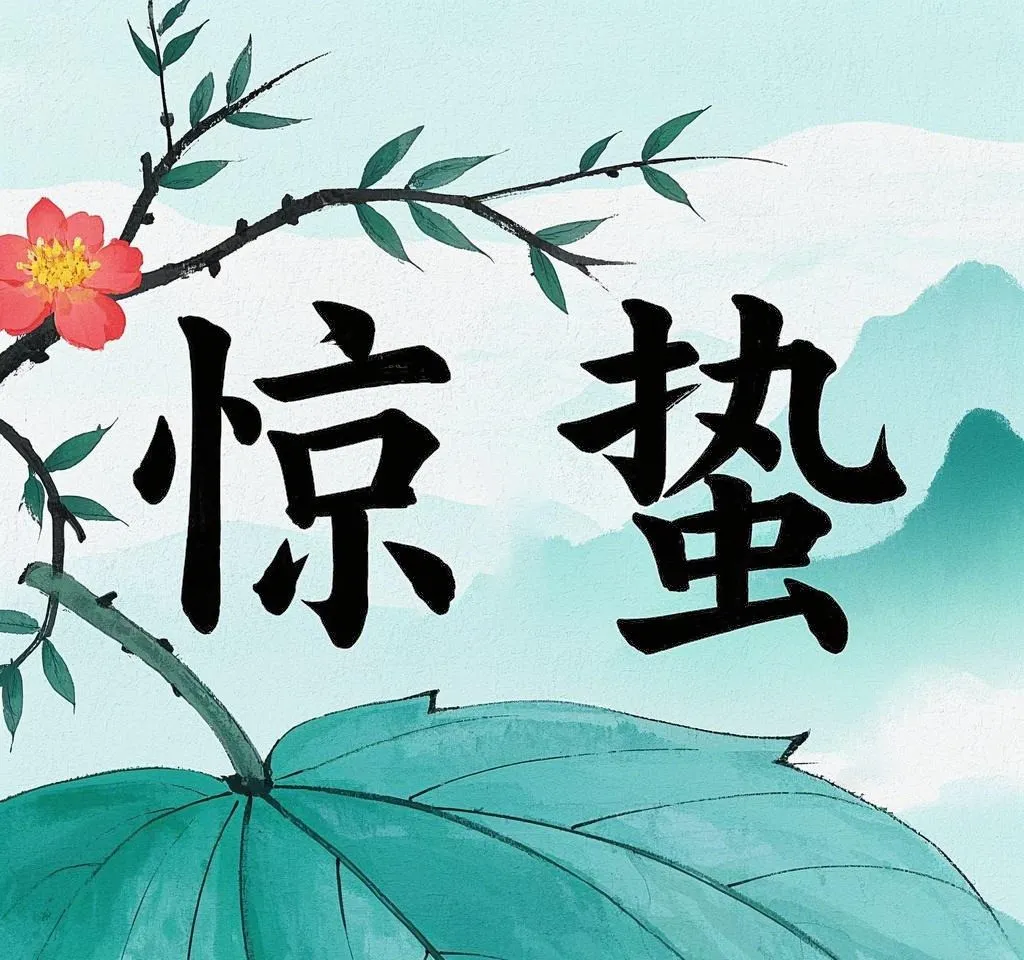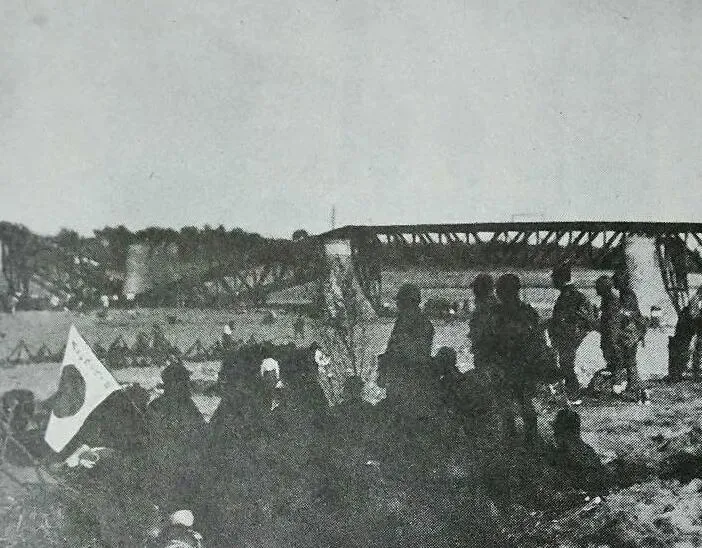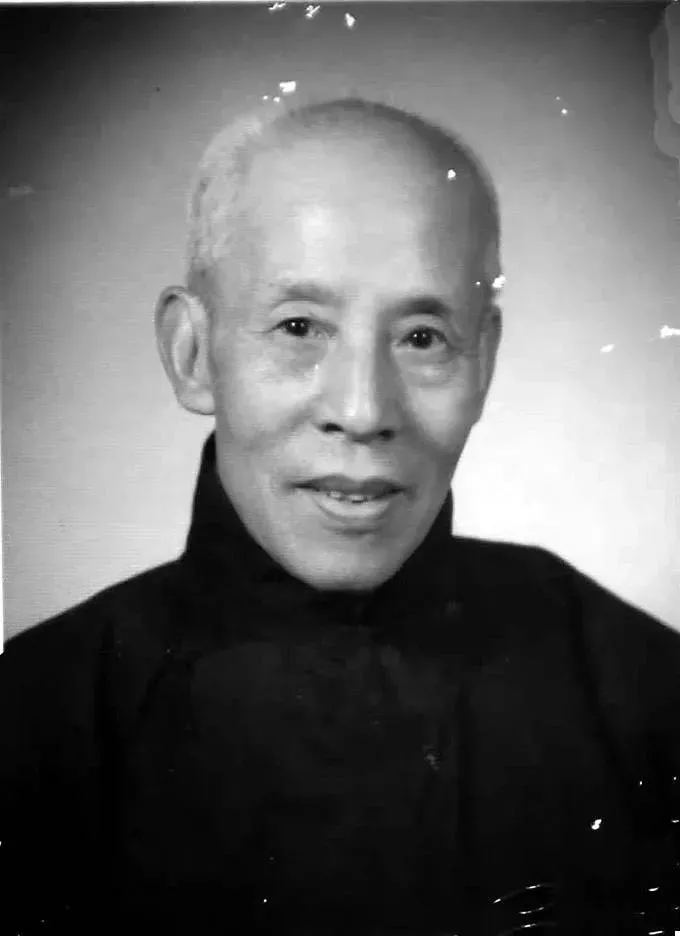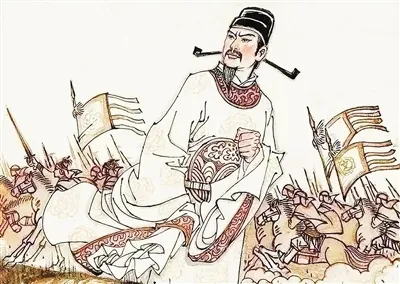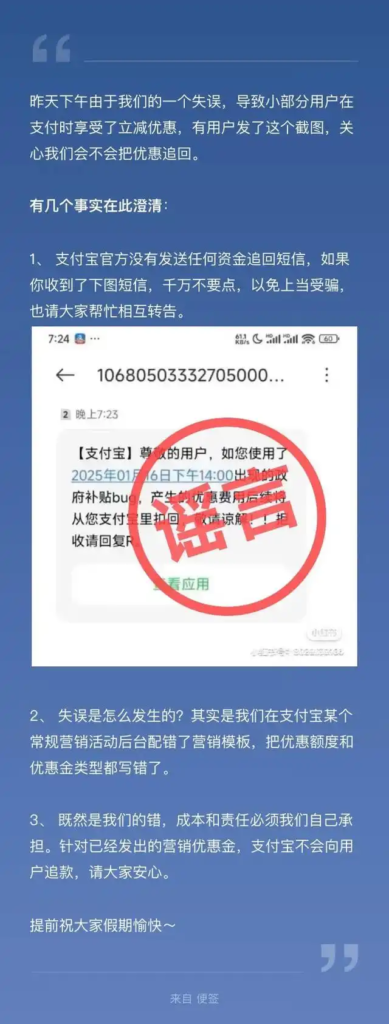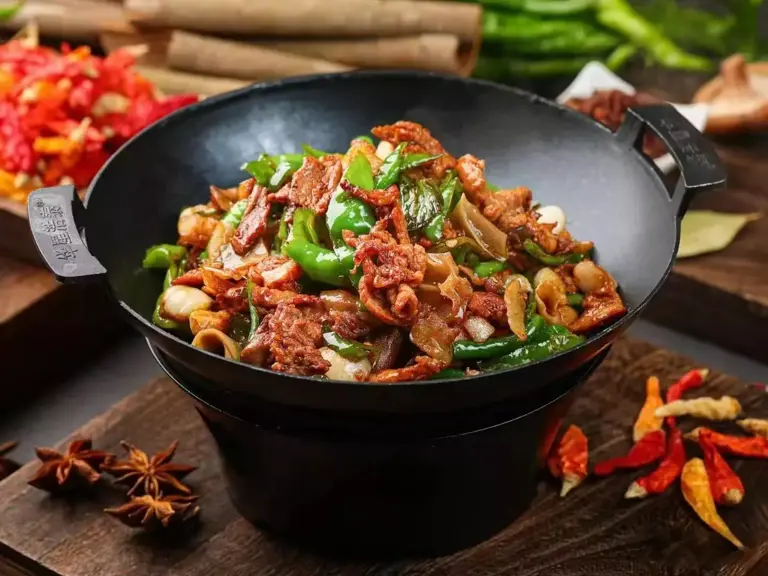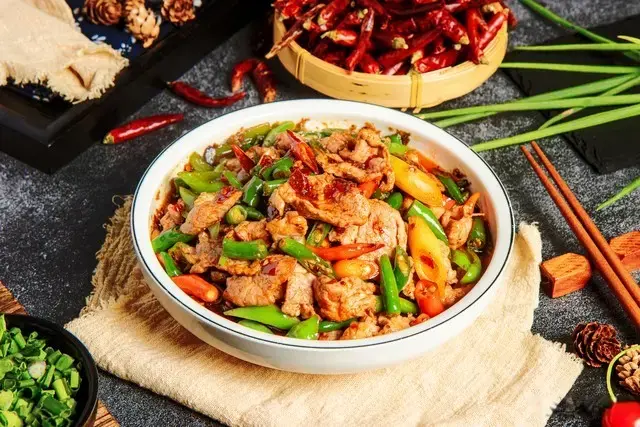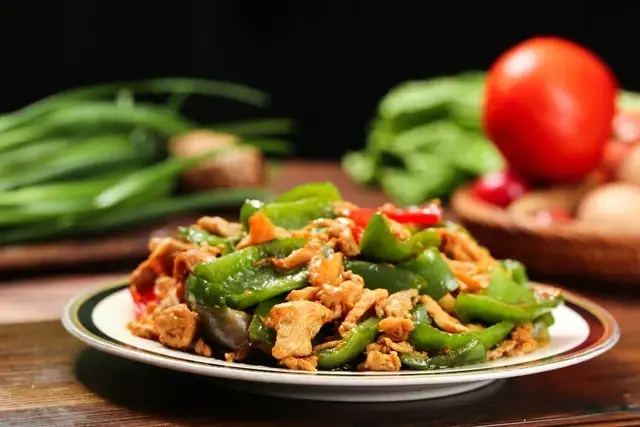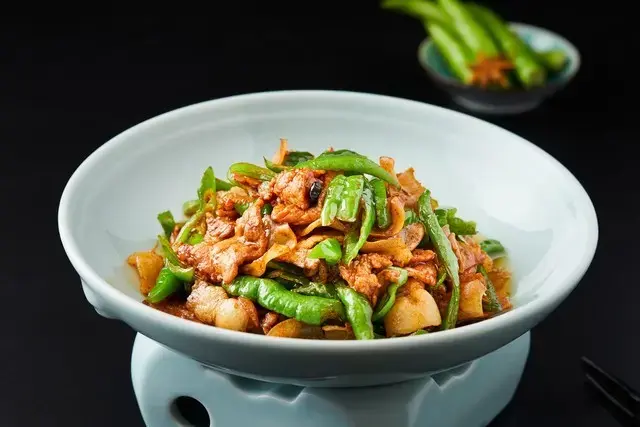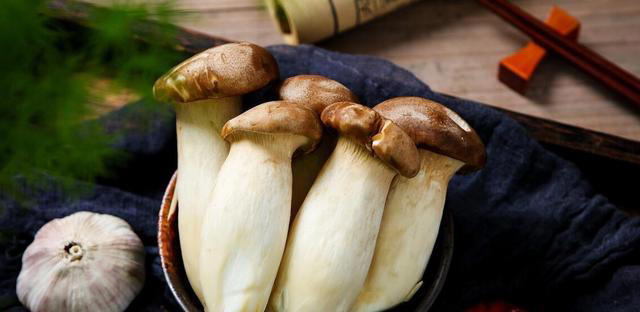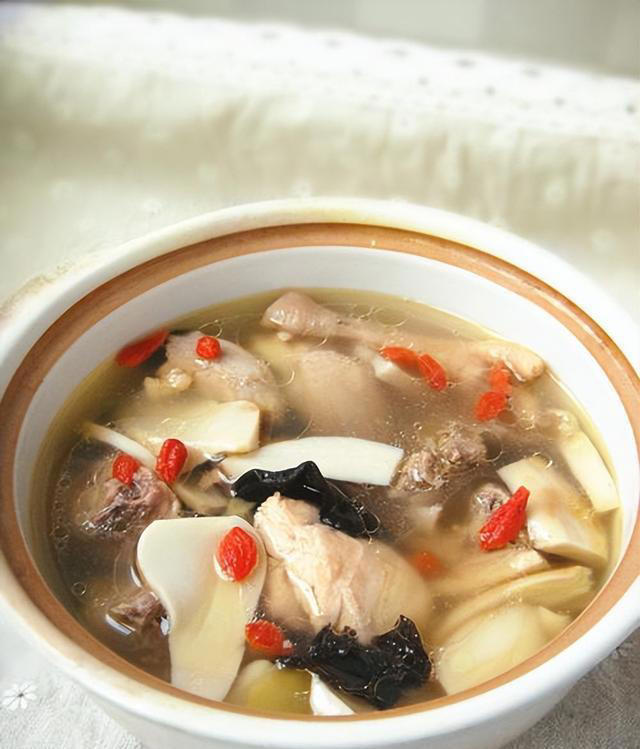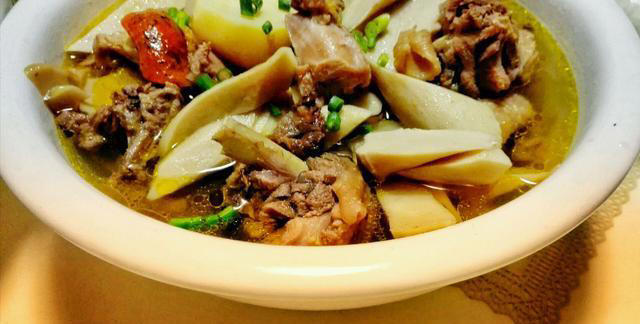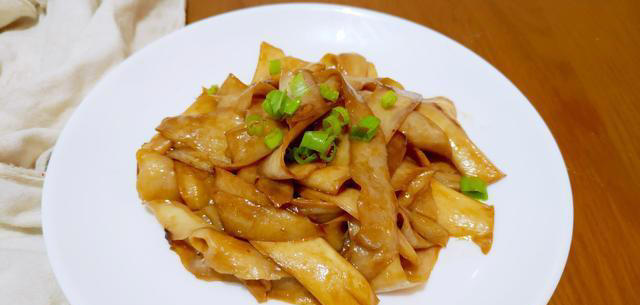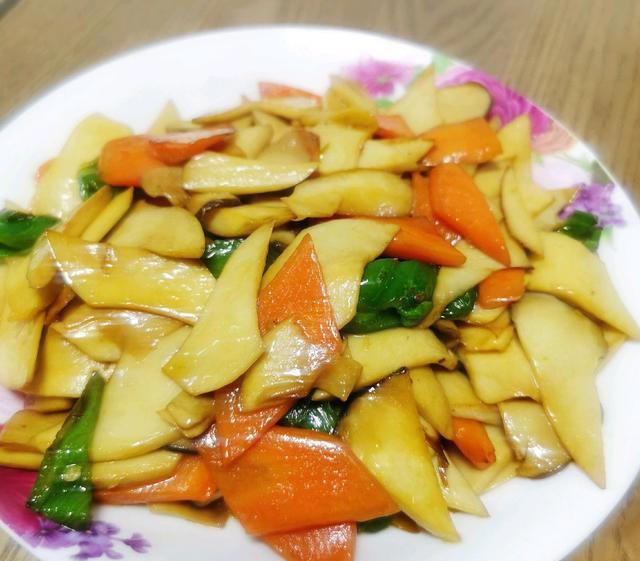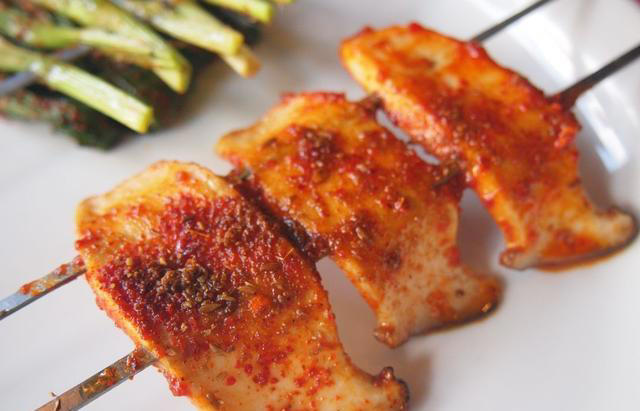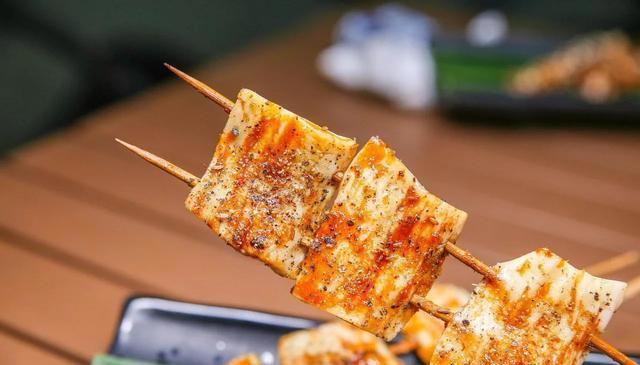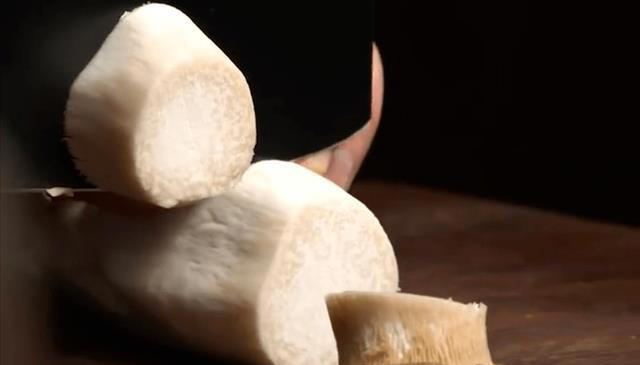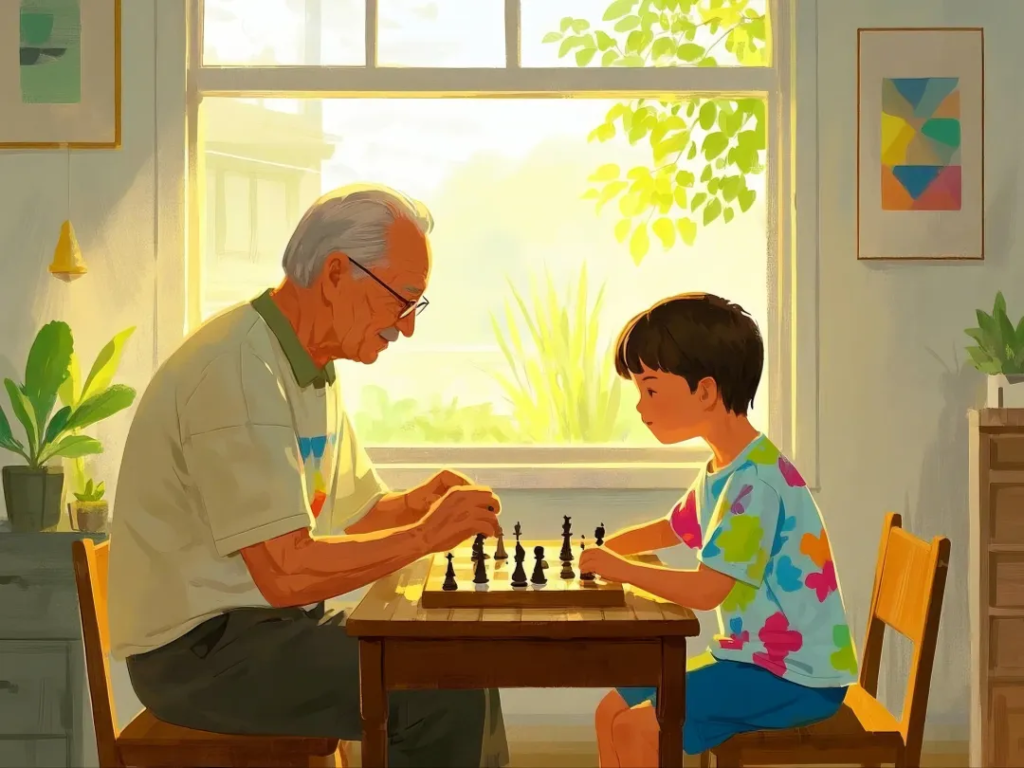In China’s feudal society for more than 2,000 years, the marriage system of monogamy and multiple concubines has always been adopted. Therefore, for most ancient women in commoner families, marriage will face two choices: one is to be a commoner’s wife, and the other is to be a concubine of a large family. After all, no matter what dynasty or generation, large families are always in the minority.
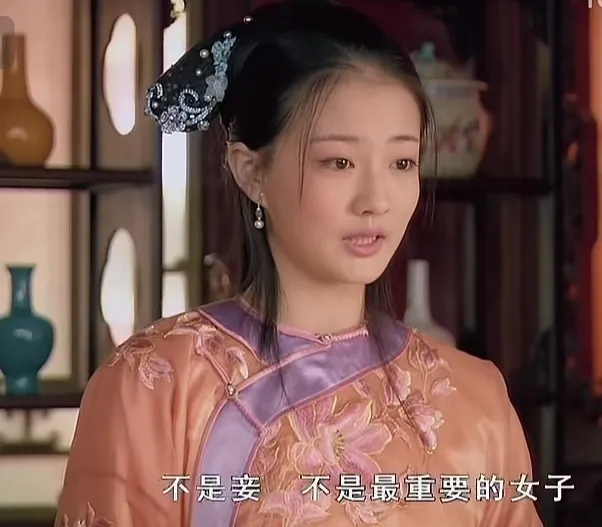
Entrance: Specifications are differentMarrying a wife was an extremely important and serious matter in ancient times.
The first is to get the right thing. The ancients said that “the good and the lowly do not marry”, that is, people with clean family backgrounds do not intermarry with people who are engaged in lowly business or are included in the “lowly family”. The second is the complexity of the procedure. When the ancients married a wife, they had to go through the “six rites”, that is, Nacai, asking for names, Najib, Nazheng, inviting the date, and welcoming in person. Due to the overly complicated procedure, by the time of the Song Dynasty, the folk simplified the “Six Rites” to Nacai, Na Yuan, and Qin Ying, according to Zhu Xi’s “Zhu Wen Gong Family Rites”. Finally, the wedding ceremony must be held, and the husband’s family must be married, which not only reflects the importance of the woman, but also the objective requirement of the entire social order. The so-called “wedding line, and then father and son, monarch and minister, so it is said, the wedding, the foundation of the ceremony, and the first of humanity”, in the feudal era that emphasizes “the king is the minister, the father is the son, and the husband is the woman”, the wedding is considered to be the foundation of humanity and the beginning of the religion, so it attaches great importance to it.
Unlike “wife”, “concubine” cannot use the word “marry”, it can only be called “concubine”, and the origin of “concubine” is generally relatively low.
Unlike the strict rituals that should be paid attention to when “marrying a wife”, concubines are more casual, and the man can buy and sell them, or exchange them with others or give them away, and the so-called “concubine through trading” is what it means. If the sale is concluded, a contract is usually required. The following is a document for buying concubines in the Ming Dynasty.
X in x realm x people have sued (parent) to give birth to a self-raised woman, named a certain slave, and has grown up. With someone and a certain clan, negotiate with x realm x people as a side room, and today he was hired a few taels of silver. This daughter obeys the choice of Ji to get married, the bear is dreaming, and the melon is extended. This daughter is a biological self-raised woman, and she has never received financial gifts, and there is no overlap of unknown origins. If there is such a color and go flashed, return it from x and find it; If feng shui is not safe, this is the destiny of heaven, and it has nothing to do with the silver master. Now I want to get a certificate, so the marriage certificate is a photo.
Although it is called a “marriage certificate”, it refers to the buyer as the “silver owner”, and indicates the subject matter of the sale, the price, and the effect, which is essentially a trade contract. Although some dynasties made it possible for men to take concubines at least forty years old and have no heirs, the enforcement was not strict, especially for the wealthy and powerful. For example, it is rumored that Shi Chong, a wealthy merchant in the Western Jin Dynasty, who was known for his extravagance and luxury, had more than 1,000 concubines in his family.
It can be seen that there can only be one wife, and there is no limit to concubines, as long as the man’s family can afford it, this alone can see the disparity in the status of wives and concubines.
Status: Distinction between dignity and inferiorityThere are many manifestations of the difference in the status of wives and concubines, taking the Ming Dynasty as an example, according to the etiquette system, the wife is called the “main room” and lives in the main house; Concubines can only live in side rooms, also known as side rooms. When wives and husbands are together, concubines can only stand and wait, not sit. When the three of them sit together, the concubine does not have the right to sit together, but can only sit in a partial seat. In the Ming Dynasty novel “The Popular Romance of Qiao History”, there is a man named Ruan Dacheng who eats wine and listens to music with his wife and concubine in the apartment.
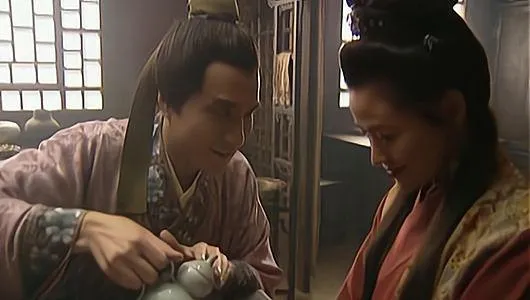
This rule remained the same in the Qing Dynasty. The biological mother of Yin Jishan, a powerful minister in the Yongzheng period, was a concubine. Even if Yin Jishan became the governor, his mother still couldn’t eat at the same table with the main room of the Yin family at home, so she could only stand aside and wait. Later, Emperor Yongzheng couldn’t stand it and issued an order to seal the Xu family, and the status of the Xu family was improved.
In addition, the wife can participate in the family sacrifice, and after death, she can be buried in the ancestral grave of the husband’s family, and her name is written in the husband’s family tree. These treatments are generally not enjoyed by concubines. For example, the two concubines of Gu Yanwu’s grandfather, a scholar in the late Ming Dynasty, were “buried outside the territory” after their deaths. and in the novel “Dream of Red Mansions”, when Jia Lian married Second Sister You as a concubine, he got the consent of the patriarch Jia Zhen. After Second Sister You died, Jia Lian wanted to bury her in the ancestral grave, but Jia’s mother resolutely objected, and in the end she could only be buried next to Third Sister You.
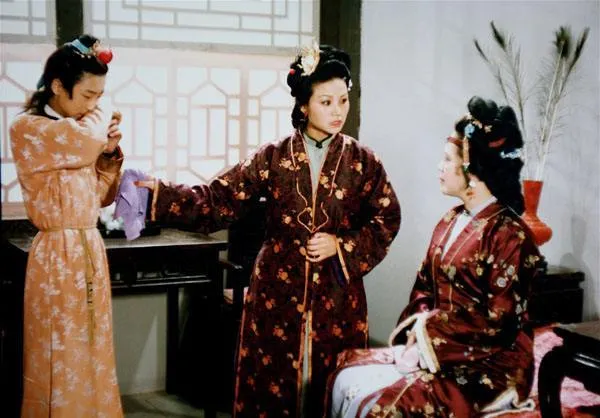
In terms of the relationship between wives and concubines, there are indeed harmonious coexistences, and some wives even take the initiative to take concubines for their husbands. After Wang Anshi’s wife was promoted, she saw that the officials around her at the same level as her husband had three wives and four concubines, so she took it upon herself to buy a concubine for Wang Anshi in the market. After Wang Anshi learned of this, he resolutely returned the concubine again, and it became a good story for a while. But for most wives, after the husband has a concubine, she has changed from “exclusive” to “shared” with her husband in the past, and the latecomers are often more advantageous in age and appearance, so whether it is out of jealousy or to ensure status, the tension between the wife and concubine is the norm. The main family often uses its position to suppress concubines. Moreover, this act is legally recognized. The law of the Song Dynasty stipulates that if a husband injures his wife, the crime is reduced by two degrees compared to the injury to ordinary people; those who injure concubines are commuted to the second degree than those who injure their wives; If a wife injures and kills a concubine, it is the same as if the husband injures and kills his wife, but if it can be proved that it was manslaughter, he may be not guilty. The same was true in the Ming and Qing dynasties.
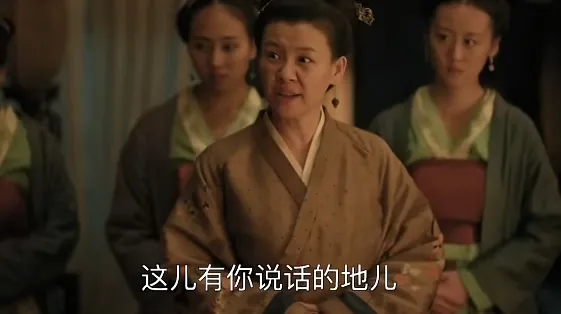
It can be seen that even in the most important right to life, wives and concubines are seriously unequal. Therefore, in many notebook novels in the Song Dynasty, there are many female ghost stories with this title, which are about concubines who were persecuted to death during their lifetime and turned into ghosts to avenge the main room after death.
For example, there is such a story in “Yijian Yizhi”, the main room Chang was jealous of her husband’s favored concubine Ma, so she “killed” the concubine Ma when her husband was out. Chang was retaliated by the concubine of Ma, first had a difficult birth, and then suffered from whipping, and was finally asked for his life by Ma, even if he invited a Taoist priest to do it, it was useless.
A novel is a novel after all, and in real life, it is difficult for a concubine to launch a counterattack against the suppression of his wife. In the final analysis, in the family, the wife is the master, and the concubine is nothing more than a slave.
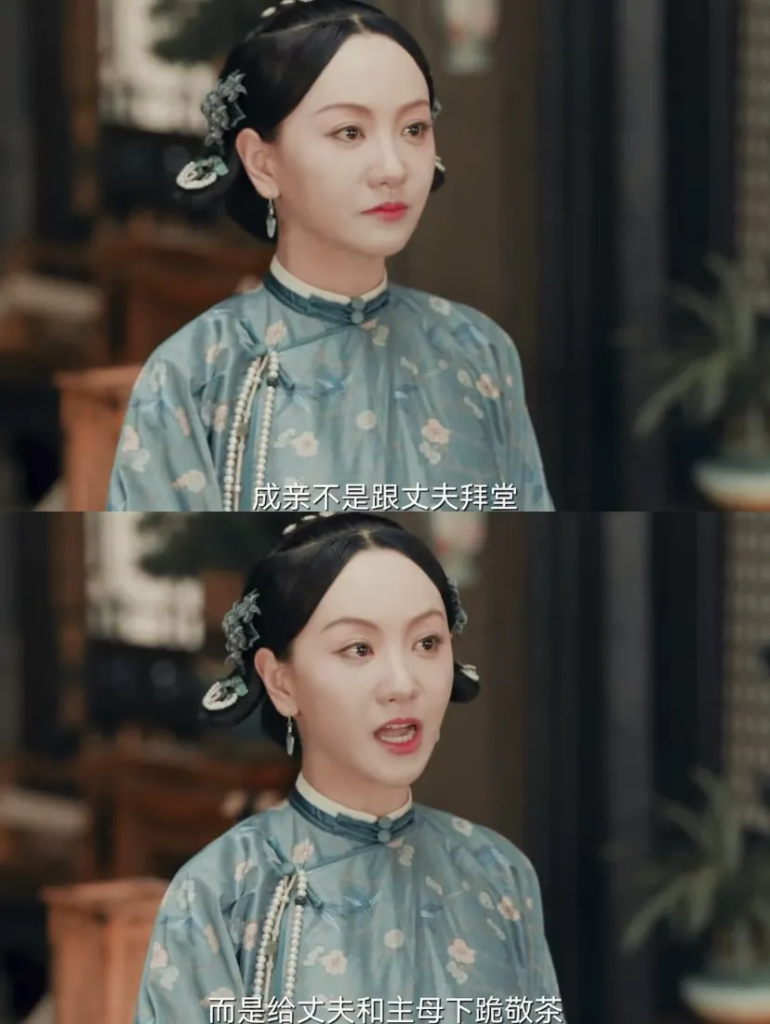
However, while wives enjoy power, they also have corresponding obligations.
Obligations: Varies in severityFirst of all, marrying a wife is an act of marriage, that is, the husband’s family and the wife’s family become a community of destiny from the moment of marriage. In the future, once the husband’s family faces a disaster, the wife’s family will bear joint and several responsibility, such as the destruction of the three clans, which is the father’s family, the mother’s family, and the wife’s family. And because the concubine is not married by the Ming media, she is generally not sitting. After Ming Yingzong Zhu Qizhen ascended the throne, he beheaded his minister Fan Guang and rewarded his wife to the Warat people Pier Ma Heima, which is a proof.
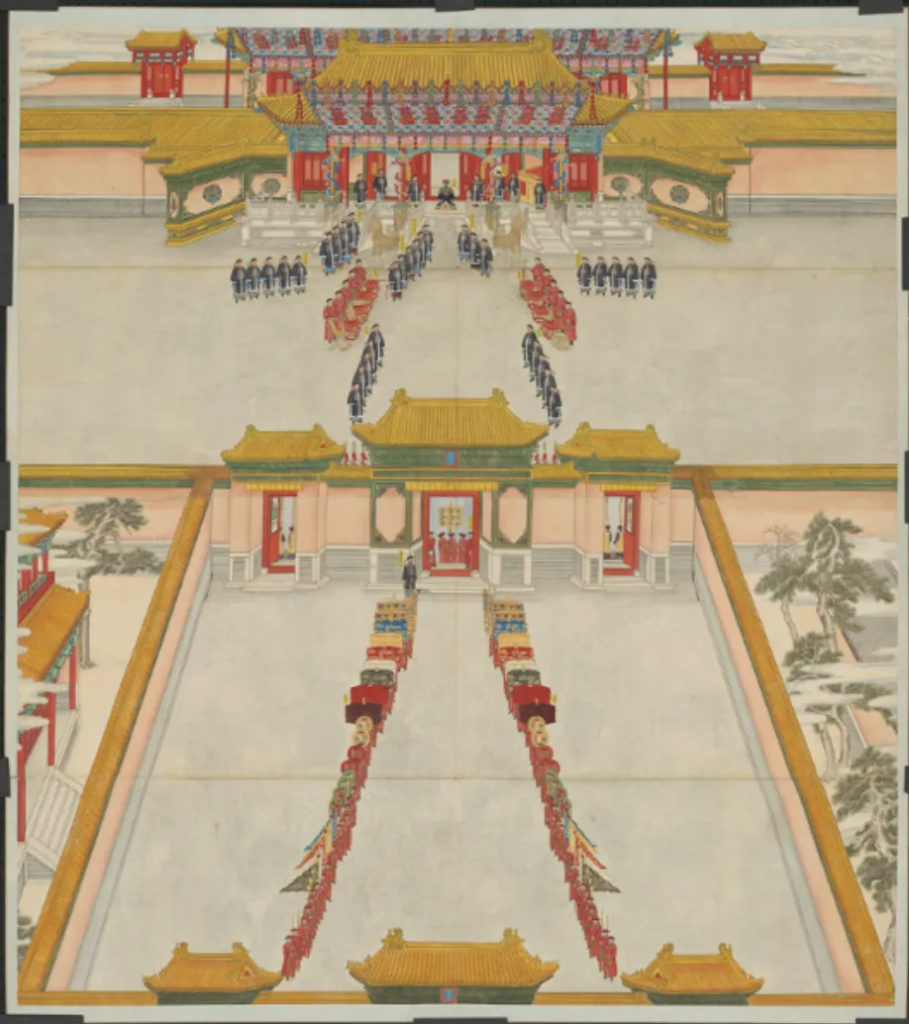
Secondly, in terms of the service system, the wife must mourn for her relatives including her parents within the five uniforms of her husband, while concubines do not have so many requirements.
Thirdly, concubines have only the right to give birth in the family, but after the birth of their children, concubines have neither the right to raise nor discipline them, and all these responsibilities are attributed to the main family. In “Dream of Red Mansions”, the discipline responsibility of Tanchun and Jia Huan, who were born to Aunt Zhao, is mainly responsible for Mrs. Wang. And Tanchun never called Aunt Zhao “Niang”, but directly called “Auntie”.
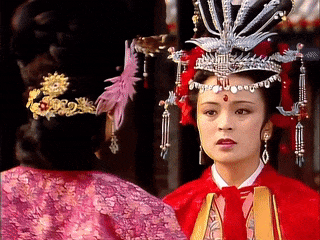
Fourth, after the death of her husband, the wife has the obligation to keep the festival for her husband, and it is difficult for her to remarry. Concubines, on the other hand, are less constrained and can free themselves relatively easily. In a word, everyone’s requirements for concubines are not so strict.
Fate: Different paths to the same end
The dispute between wives and concubines is, basically, a struggle for the husband and the interests represented behind him. However, under the shroud of the concept of male supremacy in feudal society, the tragedy of this competition lies in the fact that there is no winner, neither wife nor concubine, who can control their own destiny.
Although the wife is married by the Ming media and is protected by the law, her status is not once and for all. In ancient marriages, it was emphasized that the woman should start from the beginning, and only the man had the right to divorce his wife. If the wife commits the “seven outs”, the man can divorce his wife, and the person who proposes to divorce his wife can be the man or the man’s parents, and there is no need to go through the government to try it. The divorce of a woman is a very faceless thing for herself or her mother’s side, and the divorced woman does not feel warmth on both sides, and often ends up depressed.
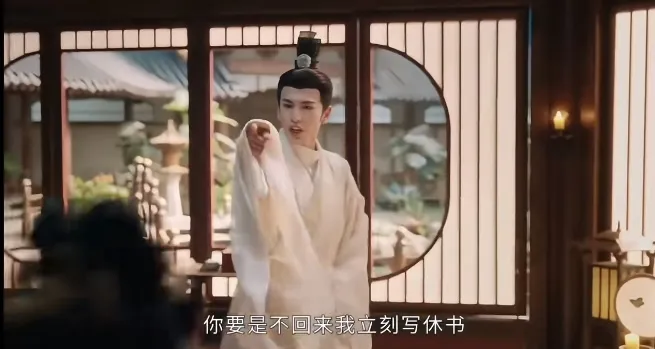
Even more cruel than this kind of “divorce” is the “pawn wife”. The earliest record of the custom of pawning wives in historical books was during the Northern and Southern Dynasties, and it was still very serious until the Republic of China. The so-called pawn wife refers to the pawn of the wife, the redemption at the expiration of the period, the pawn of the wife to others as a wife, in exchange for a sum of money, to the agreed time, with the agreed money and property to redeem the person, the specific period is agreed by both parties. In the book “Chinese Marriage Book and Marriage Customs”, a contract for pawning a wife is recorded:
Because Hou Baozhen owes Yang Yufeng ten taels of silver for a long time, he is really unable to return it, and is willing to take his wife Wang under the name of Yang for three years, and the children born are the descendants of Yang, and the expiration of the period will be ransomed with ten taels of silver, which can be extended for half a year, and if it expires, it will not be redeemed, and the Wang family will always be owned by Yang.
Obviously, the behavior of pawning wives is in conflict with the concept of “from the beginning to the end” emphasized by feudal etiquette, and the Qing Dynasty stipulated in the law that “anyone who hires his wife and concubine by a financial pawn to be a wife and concubine will be given eighty rods”, but the reason why the phenomenon of pawning wives has lasted for thousands of years shows that the whole society has a strong demand for this. From a historical point of view, the more social turmoil and heavy taxation era; The more traffic congestion and economic backwardness there are, the more serious the phenomenon of pawning wives. Therefore, the wives in the “pawn wife” are mainly the wives of commoners, and these people often exchange their wives and daughters as commodities in order to survive. The wife, here, is ultimately objectified by society like a concubine.
As for concubines, their status is even more unstable, “if the husband loves him, he will keep him, and if he hates it, he will send him.” “If the husband dies, his fate is to be resold to the next family or driven out to fend for himself.Therefore, whether it is to marry a commoner wife or to be a rich concubine, in the era when women lived in difficult times in ancient times, it may be difficult for them to be completely controlled.
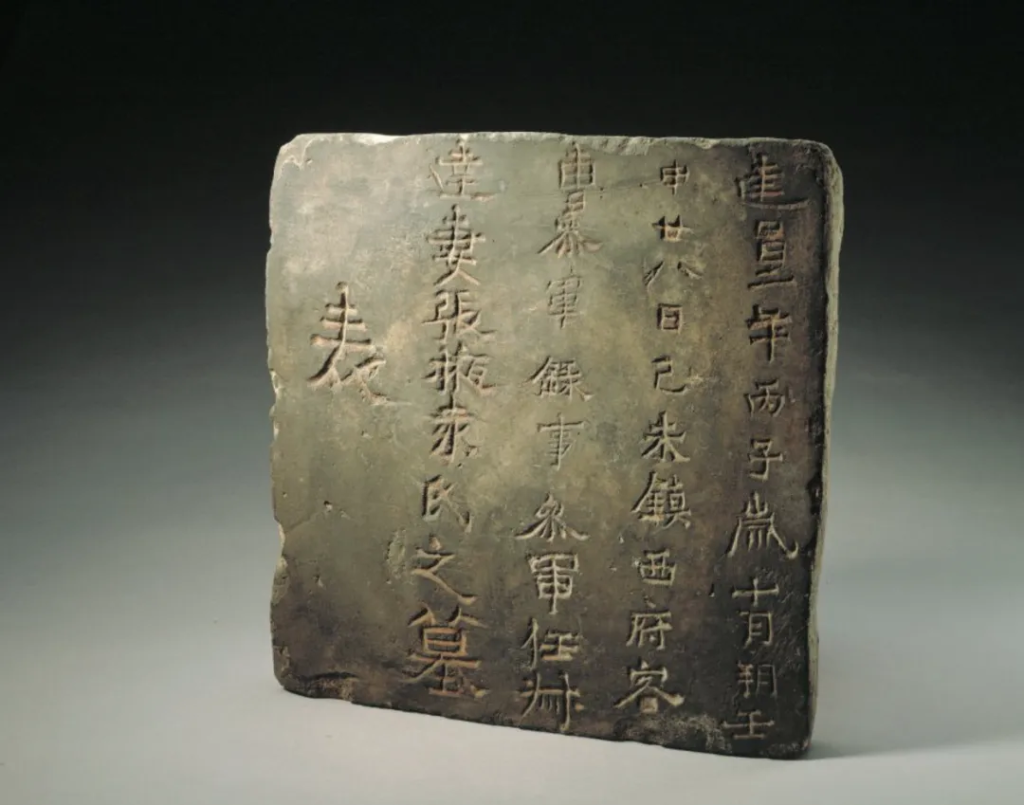


 Entering China
Entering China